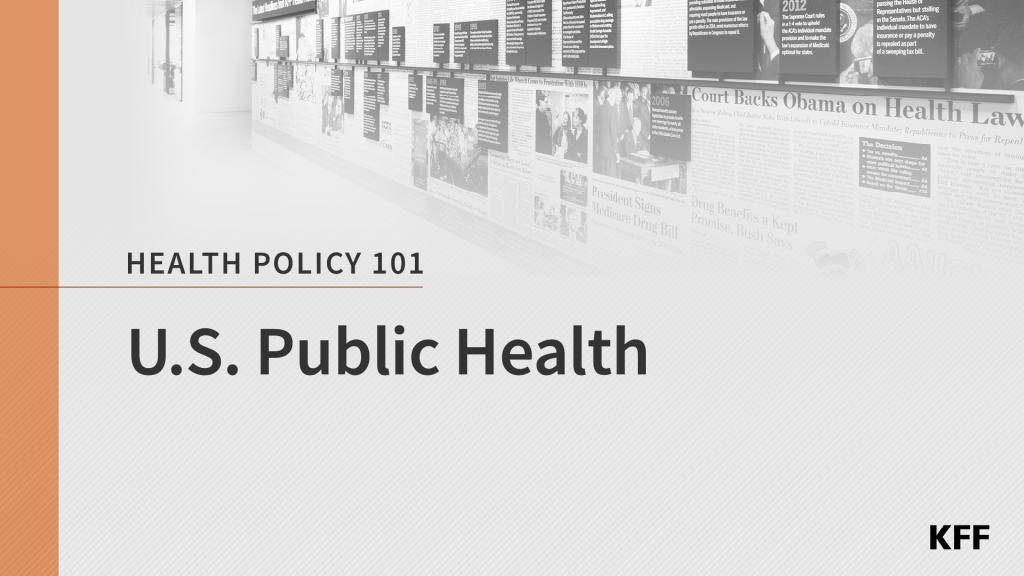Oral Health: Putting Teeth into the Health Care System
The Alliance for Health Reform and the Robert Wood Johnson Foundation sponsored an August 17 briefing to discuss oral health coverage under the Patient Protection and Affordable Care Act (PPACA). While PPACA ensures dental coverage for children, challenges remain to improve dental health access and coverage for adults.
